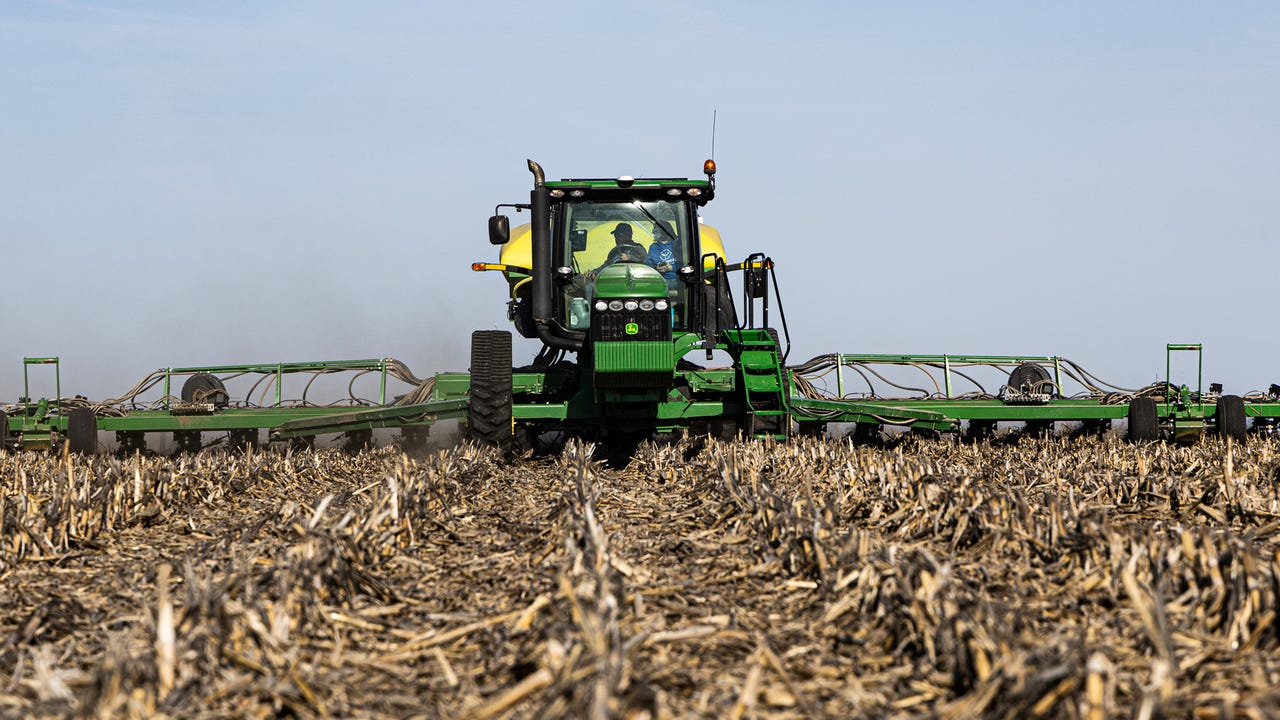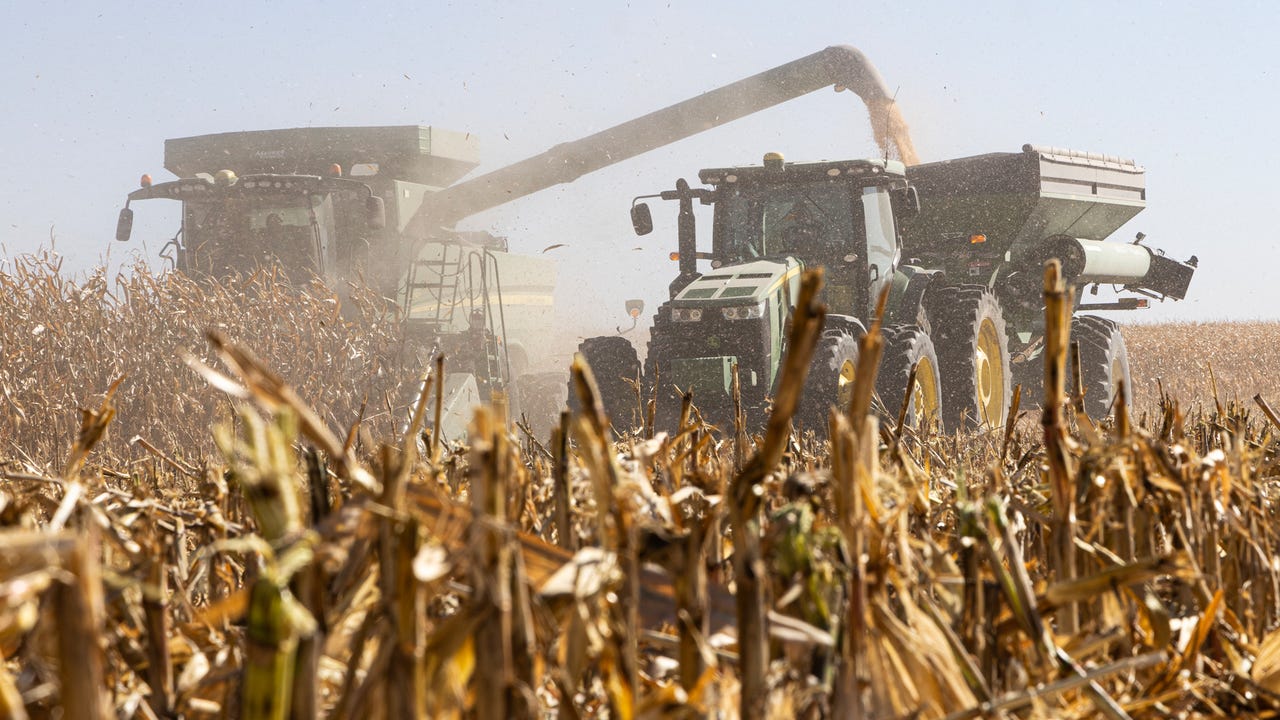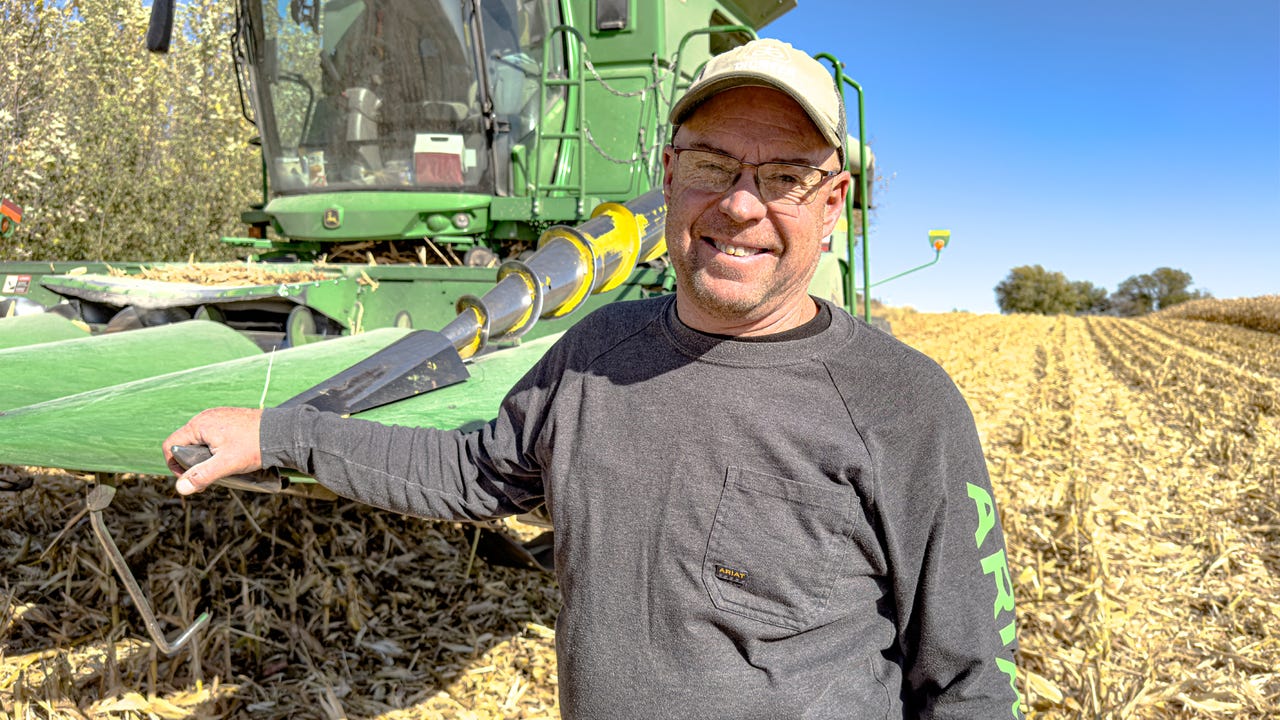Ever wish you could have multiple seeding prescriptions for each field automatically delivered into your cab at planting?
These days, you can.
No more notebooks with scribbly handwriting recording hybrid and varieties. Ixnay to “fat fingers” entering the wrong data into your planter monitor. Then there’s the jostling you may have done while searching for USB flash drives containing seed data recorded months or even years ago.
Gone.
Instead, hybrid and variety data accompanied by other data such as seeding rates for each field can seamlessly flow into your cab.
It’s all part of a partnership that merges the digital capabilities of John Deere with the agronomic knowledge of Pioneer, Corteva Agriscience’s seed brand. It’s currently a pilot program that the two companies aim to expand.
Work plan
“It all starts with my Pioneer rep,” says Brian Larsen, a St. Anthony, Iowa, farmer who’s testing the system in a pilot program. Jay McCoskey, a Pioneer sales representative, consults with Larsen to create an agronomic plan for each field, including hybrid lineup, seeding rates and crop protection recommendations. McCoskey then sends the plan to the John Deere Operations Center, which creates a work plan for each field that’s returned to McCoskey and Larsen for review.
At planting, the work plan wirelessly flows into Larsen’s planting monitor.
“Once you pull into the field boundary, a screen pops up telling you what field you are in and what hybrid you are going to plant at what population,” Larsen says. “You don’t have to hunt for anything. You just hit yes [on the monitor], and away you go.”

Data also can be submitted and analyzed to build a work plan for soybeans. The work plan also includes standard and variable seeding rates for both crops.
Boosting efficiency, saving time
The process improves efficiency, McCoskey says.
“I used to have to come out to the field with a flash drive and manually type in hybrids,” he says. “The [John Deere] work planner has been able to do that for us and help the data flow seamlessly.”
It also saves time. Jeff Perkins, product and technology manager for C&B operations, a Spirit Lake, Iowa, John Deere dealer, recalls a farmer who had questions about his work plan while sitting on the edge of his field, ready to plant.
“The customer called a C&B rep, who ran through the process in eight minutes,” Perkins says. “In the past, with USB drives, it would have taken an hour to an hour and a half. When it’s time to plant, it’s time to plant.”
It also reduces erroneous data entry via automatic delivery.
“There's always the chance to ‘fat finger’ something or manually enter a figure that’s wrong,” says Trenton Brisby, a North America agronomy innovation manager for Corteva.
Corbin Crownover, a Pennsylvania-based Pioneer sales representative, says that he formerly spent hours fixing problems resulting from improperly entered data.
“Now, that’s gone away,” he says. “I’m excited to move this to other growers to help improve accuracy and reduce [data-entry] workload.”

It also prevents planting mistakes when operator switches occur between implements.
“You can train employees one time and not have to worry about incorrect data being entered,” says Andy Fabin, an Indiana, Pennsylvania, farmer. “It’s just a seamless way to set everything up before planting season.”
Adverse weather can dash even the best of planting plans, as prolific precipitation can nix a longer-season hybrid for a shorter-season one. However, multiple hybrids and varieties can be loaded into the work plan for the same field.
“If you need to make a change, all you have to do is click [on the planter monitor] and a new prescription map takes over,” says Dave Frazier, who has piloted the system in farming with family near Van Horne, Iowa.
Postharvest planning
“As data comes in during combining, it goes wirelessly back into the [John Deere] Operations Center and connects us with Granular [Insights, an agronomic software solution offered by Corteva],” Crownover says. This data is then teamed with growing-season observations of product performance.
“We can then analyze that data to help customers make hybrid decisions for next year,” Crownover says. “If there’s anything the next year that we see on a service call, we can address exactly what is going on in the field and make real-time decisions throughout the season.”
More accurate yield data can be more important in a bad year than a good one, says Sam Becker, a Pioneer dealer with Becker Ag Service in Keystone, Iowa.
“When profit margins are low, that is when we really need to know what changes need to be made,” he says.

The work plan technology also is available for other field operations, such as for the wireless transfer of fertility and crop protection prescriptions, Perkins adds.
“Creating work plans will help not just on the planting side, but on other product lines as well,” he says.
Reducing complexity
The system also dashes data complexity, Frazier says.
“A farmer doesn't use a third of what’s available because there are so many things out there,” he says. “By the time I finish planting, the last thing I want to do is sit down at a computer and try to make sure everything was entered correctly. It may be August preparing for harvest when we’re getting our combine ready when I ask, ‘What did we plant on that farm?’”
The same factors apply to postharvest planning.
“After you’ve been riding in a combine for the last 40 days, do you really want to sit down and stare at yield maps of fields?” Frazier says. “This is a lot simpler way, and it’s easy to adapt to a lot of farmers. Less data that is accurate is better than just more data.”